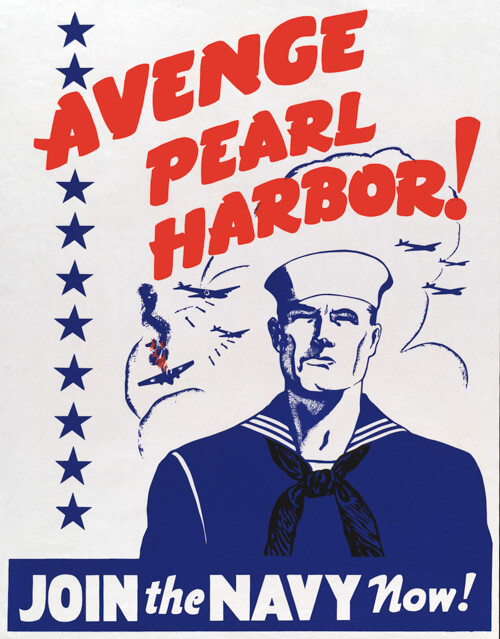What If Japan Hadn't Attacked Pearl Harbor?
December 7th, 1941. Just before 0800 that Sunday morning, an aerial striking force of the Imperial Japanese Navy launched a surprise assault on the American naval base at Pearl Harbor. The attack was a preemptive maneuver to cripple the US Navy’s Pacific Fleet, a major naval force in the Pacific that the Japanese feared would prevent its further expansion across the ocean. The attack led to a long, bloody war with the United States and ended in a defeat that crushed the Empire of Japan’s conquest of East Asia.
Today, more than 77 years after the assault on Pearl Harbor, questions remain over Japan’s decision to attack the United States—a move that was guaranteed to result in war—and their overall strategy in the Pacific Theater. James Holmes, an expert in maritime strategy at the US Naval War College, took a fresh look at the attack on Pearl Harbor and contemplated a scenario that quite possibly could have changed the course of the war in Japan’s favor.
What if Japan Never Attacked Pearl Harbor?
The scenario is not as far-fetched as it may sound, and is one that could have made a profound difference: If Japan hadn’t attacked Pearl Harbor and instead employed a different strategy in the Pacific, could it have won the war? As Holmes explains, it’s an alternative version of history that doesn’t stray into the realm of fantasy, instead sticking to a real potential strategy that the Japanese could have used in order to avoid such an immediate and strong response from the Americans. In fact, before Admiral Isoroku Yamamoto proposed the Hawaiian assault, Japan’s naval command had formulated a different plan that fell under a strategy of “interceptive operations.”
Starting Smaller
The biggest difference between the 1941 assault that was carried out and the original, pre-1941 plan for pushing across the Pacific was that the Imperial Japanese Navy would have started by incrementally reducing the American presence in the Pacific. Similar to what actually happened at the beginning of the war, the first step would have been to remove all Allied forces from the Philippine Islands. In the time it would have taken the US Pacific Fleet to respond and sail west to reclaim the Philippines, Japan could have built multiple airfields that would have been vital to, as Holmes postulates, air and submarine attacks against the incoming American fleet.
The Imperial Japanese Navy would have been in a much stronger position to repel an American response, which in any case would have been more muted than the response after the attack on Pearl Harbor. Part of the reason the attack on Pearl Harbor provoked such a strong response throughout the United States was due to the heavy American losses sustained in the surprise assault. Pearl Harbor created a burning desire for revenge that pulsed through the United States. A more subdued move against the Philippines and other Pacific islands likely wouldn’t have elicited such a response from the American public.
As Holmes puts it, paraphrasing a quote attributed to Yamamoto from the movie Tora! Tora! Tora!, “Assaulting the Philippines may have awakened the sleeping giant - but it’s doubtful it would have left him in such a merciless mood.”
A more subdued American response to an incremental expansion might have given Japan the opportunity to solidify its gains in the Pacific. Instead, its brazen attack created an implacable enemy, one that would stop at nothing to avenge its losses, no matter the cost.








